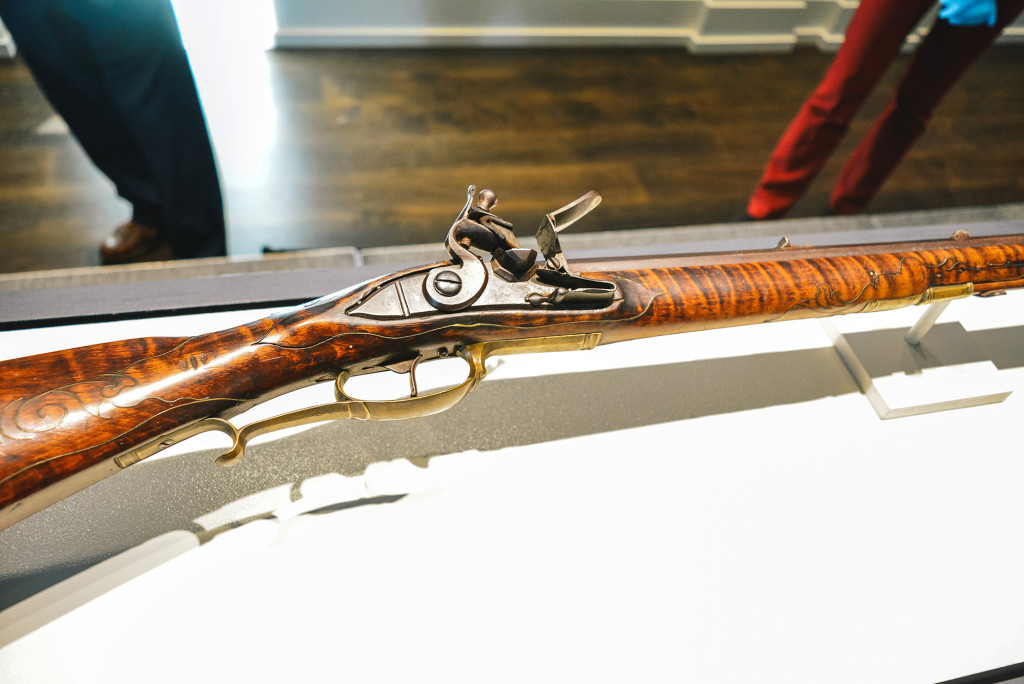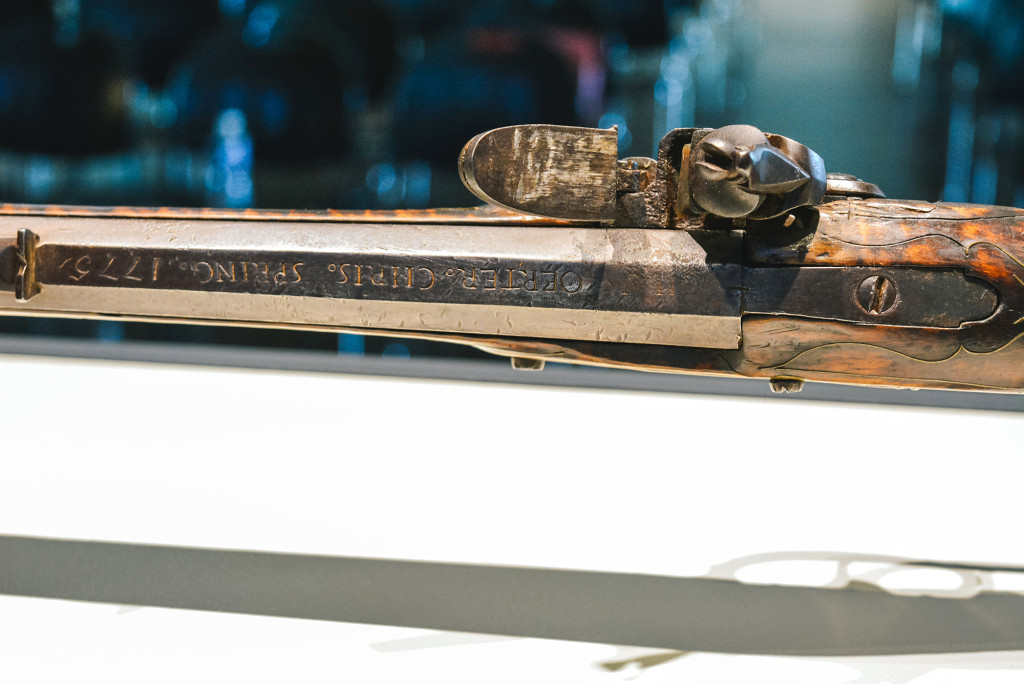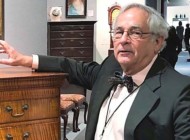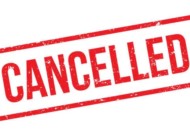
After nearly five decades missing, this Kentucky longrifle was returned to the Pennsylvania Society of Sons of the Revolution on November 1 in a ceremony at the Museum of American Revolution, where it will go on display immediately.
By Greg Smith
PHILADELPHIA — A Revolutionary War-era rifle by Johann Christian Oerter was returned after 48 years to the Pennsylvania Society of Sons of the Revolution in a ceremony at the Museum of the American Revolution on Friday, November 1. The Kentucky rifle had been stolen, taken from a display case that was pried open with a crow bar in 1971, while it was on loan to the Valley Forge Historical Society and on display at the visitor center at Valley Forge State Park.
And it would not have been returned without the help of New Oxford, Penn., Americana dealer Kelly Kinzle, who bought the firearm last year as part of a collection. As Kinzle researched the rifle, he noted a reference to the stolen firearm in George Shumway’s Rifles of Colonial America. Vol 1.
“I bought it on a house call with a group of things,” Kelly told Antiques and The Arts Weekly. “This was the last thing the owner pulled out, and I told him that it was a copy of a famous gun, it couldn’t be the real thing. Collections are usually consistent and everything else in this place was mediocre quality. So I dismissed it, brought it home, took it apart and realized it was real. It wasn’t some reenactor’s fake, and that’s when I went to Shumway’s book and found it. And the rest is history.”
Kelly noted that Shumway’s description of the rifle and the date of the theft was incorrect, which further muddied the waters.
Kelly contacted his lawyer Jay Robert Stiefel, who teamed up with lawyer Albert Oehrle to investigate. “Between the two of them, they did more work than I did,” Kinzle said. When they were able to draw a parallel, the team contacted the FBI, who was on hand to turn the firearm over in the Friday ceremony.

The firearm features the words “Oerter. Chris. Spring. 1775” along the top of the barrel before the rear sight. —Photos courtesy Museum of the American Revolution
It took 18 months and a judge to settle disputes over ownership, which hung between an insurance company in receivership and the Pennsylvania Society of Sons of the Revolution, where the latter agreed to purchase it back.
Digging up a trail of thefts from historical societies during the 1960s and 1970s, the Upper Merion Police Department reopened the investigations in 2009 to pursue whether they were related. The recovered Oerter rifle is the only piece from these thefts that has been recovered so far.
Oerter was a master gunsmith at the Moravian settlement of Christian’s Spring, where he apprenticed with Andreas Albrecht. According to Shumway, number inscriptions place Oerter’s production at about 16 guns per year in the ten years he ran the shop before passing away from illness-related causes at 29 years old.
“This example of Oerter’s work was made in 1775 at the start of the Revolutionary War,” the museum wrote in a statement. “Oerter engraved his name, the date and the location of the shop — Christian’s Spring — on the top of the iron rifle barrel. Christian’s Spring, known as Christianbrunn in the German language spoken by most Moravians, was located near present-day Nazareth, Penn. It is likely that the original owner neatly carved the name W. Goodwin in the rifle’s wooden stock. Museum curators are engaged in research to identify this individual.”
“It is deeply gratifying to be able to return this rare artifact to public view after nearly 50 years,” said Dr R. Scott Stephenson, the Museum of the American Revolution’s president and chief executive officer. “The Christian Oerter rifle exhibits exemplary early American artistry and is a reminder that courage and sacrifice were necessary to secure American Independence.”
The rifle will be on view at the Museum of the American Revolution, November 6-March 17 as part of a special exhibition, “Cost of Revolution: The Life and Death of an Irish Soldier.”
For additional information, www.amrevmuseum.org.




